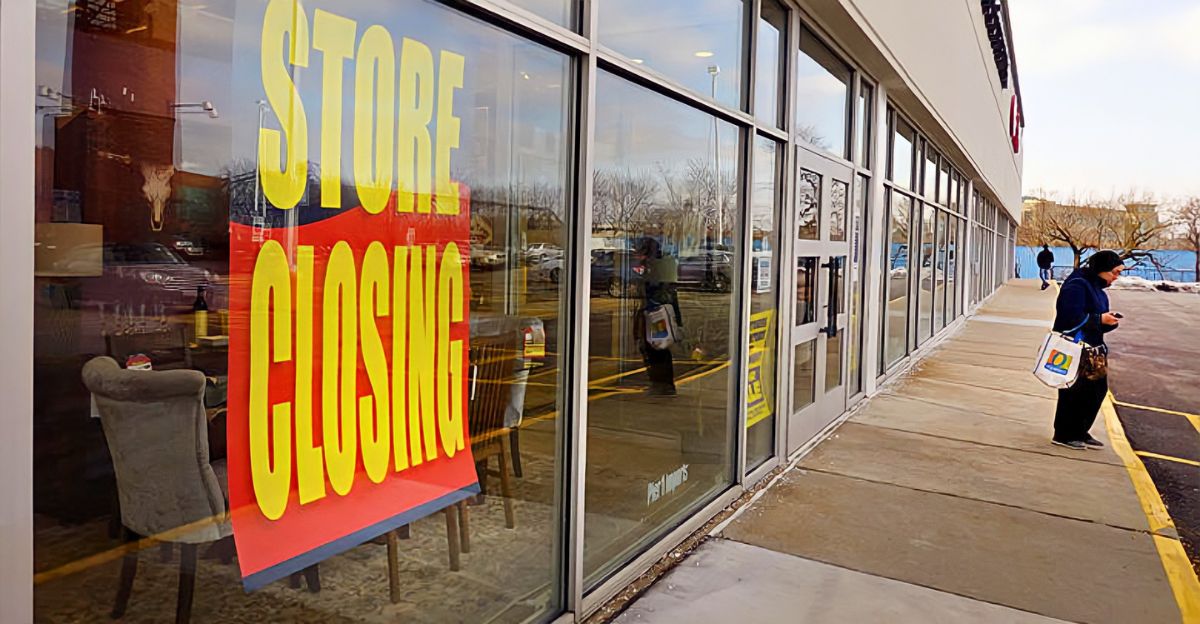
The post-pandemic era has caused a lot of shifts in the way a lot of businesses operate. While the heavy-hitter, big brand names, and agile innovators were able to shelter the storm somewhat, smaller, niche businesses have been hit hard in a big way. Recently, a well-known retailer was forced to close all of their stores across the nation and file for chapter 11 bankruptcy. Let’s take a look at what led up to this incident and who was affected.
The Pandemic
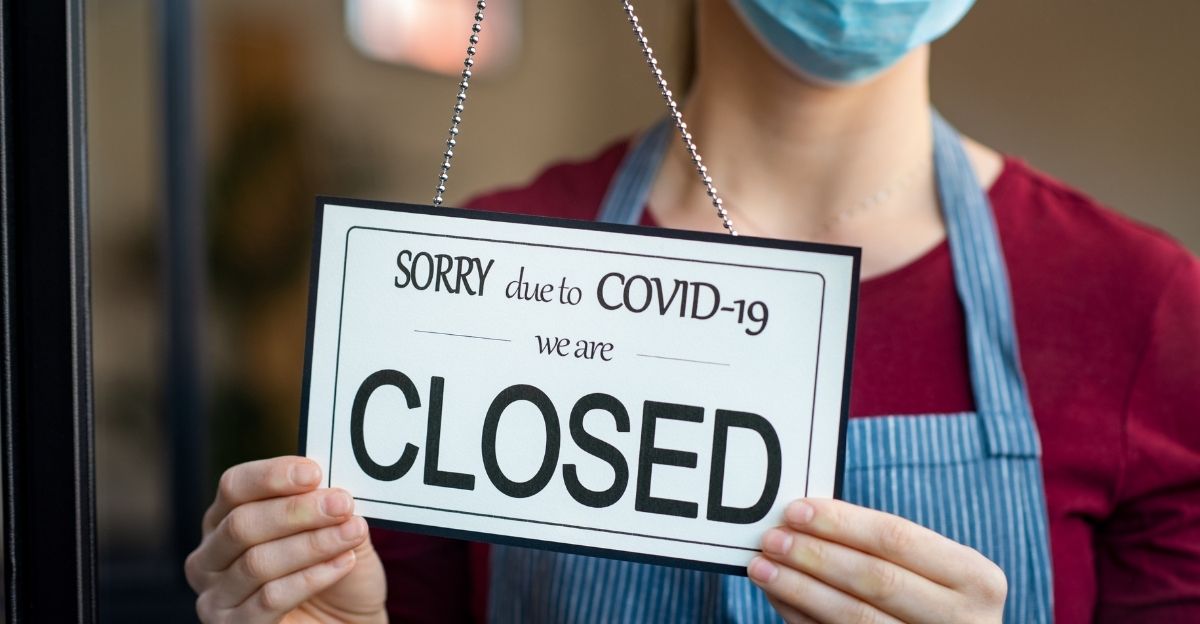
COVID-19 came out of the blue and caught everyone off guard. Both businesses and entire nations were seriously hit hard by the flu pandemic, as lockdown forced us all to reconsider the fundamentals that drove our societies and allowed us all to function normally. Businesses and consumers were hit hard, as accessing one another became a notable daily struggle. A lot of people were forced to reconsider their employment options, and a lot of companies were forced to change their business models.
Slow Growth
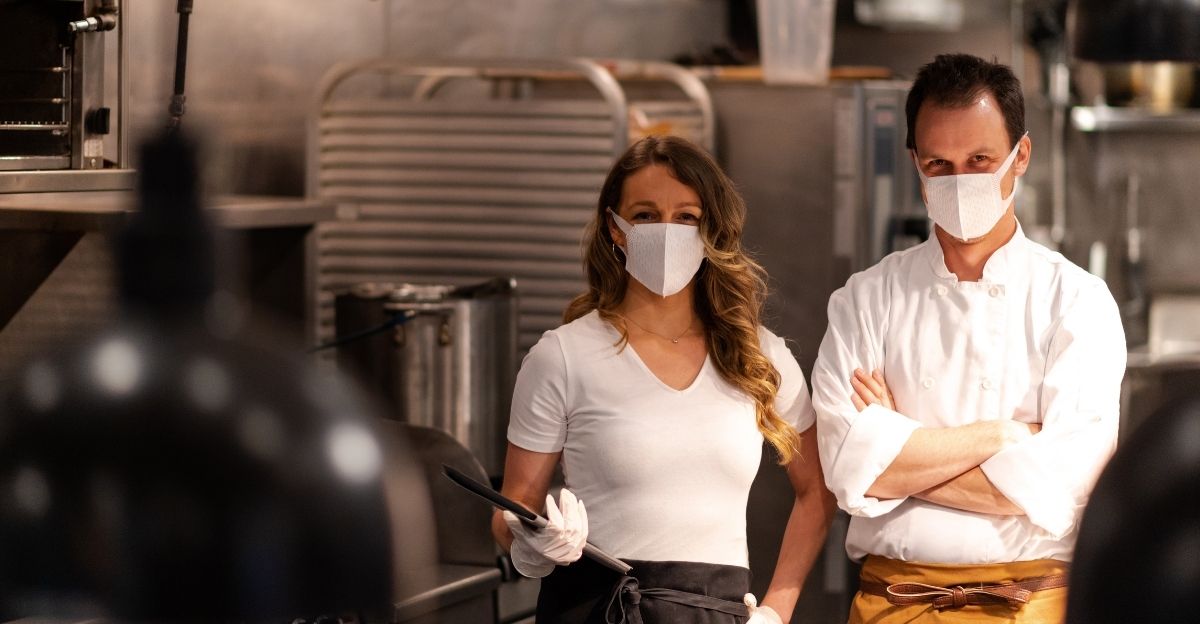
As walk-in traffic declined to near-zero during the pandemic, countries and businesses alike experienced a period of extremely slow growth as the virus raged. While bigger companies could afford to ride out the storm by being able to invest in different ways to offer their services, or rely on larger brand value and customer bases, smaller businesses and niche businesses generally lost a lot of business during this time. Many have not been able to recover from the pandemic, even to this day.
Tentative Re-emergence

Once the pandemic cleared, and people were freed from lockdown, business slowly crept back to functioning as it usually would. However, the business landscape had undergone a lot of significant changes that had some pretty serious effects on the market. For one, customers were looking to save cash where they could, as a lot of people had to dip into their savings to ride out the lockdown. This means that non-essential items in niche markets suffered a massive blow.
Brand Positioning
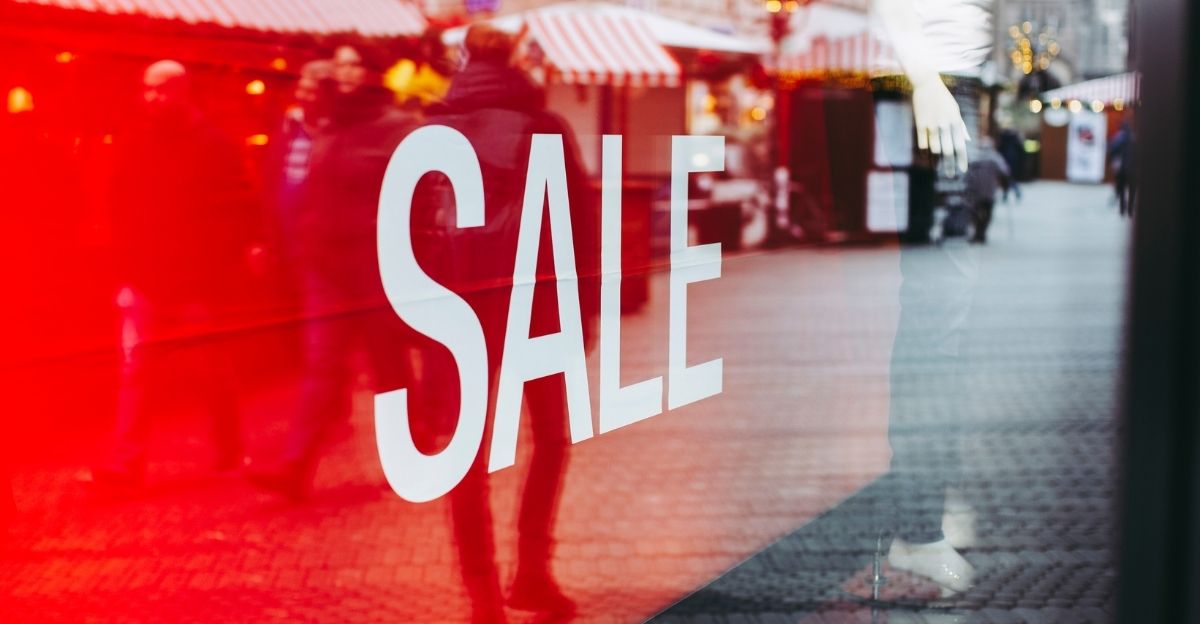
Brand positioning played a key role in determing which companies succeeded after the pandemic, and which ones failed. Brands that tended to cater to mid and lower market tiers of customers tended to do better in terms of sales, as customers were bargain hunting. Discount retailers like Ross, TJMaxx and HomeGoods were in a good place to recover after the pandemic, as their business models suited the needs of customers looking for lower prices.
Footprint too Large to Fill
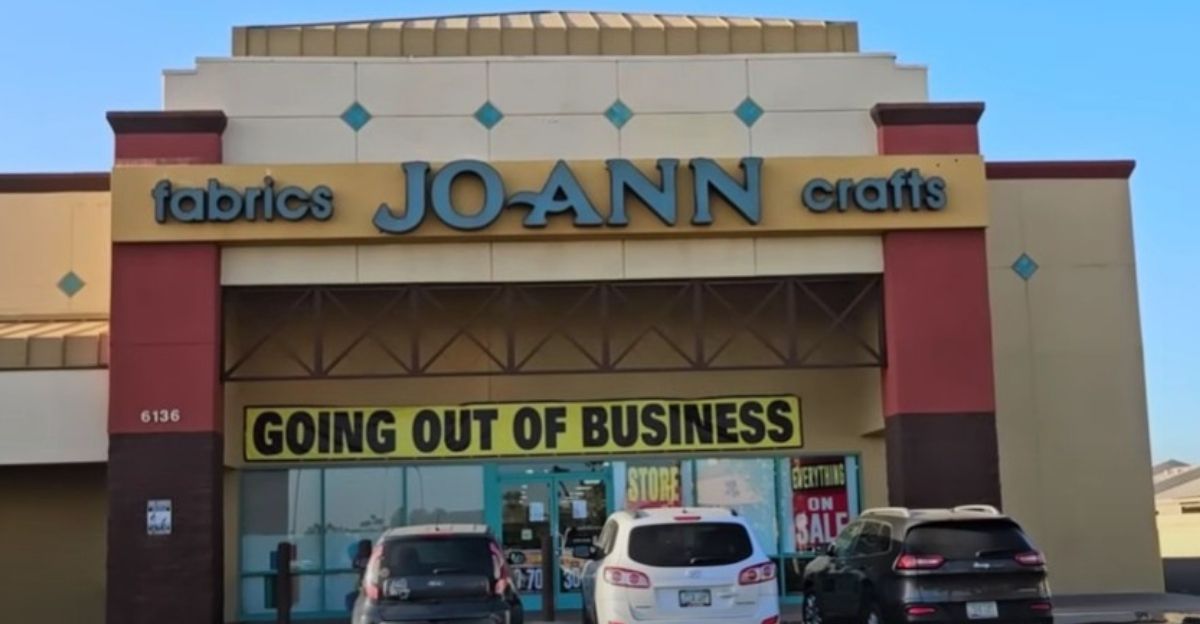
While companies like Joann or PartyCity had a larger footprint across the country, their business models suffered due to the fact that they weren’t in line with the new demands of consumers. Up until 2019, people still had disposable income and felt more secure in the economy, and they were therefore willing to spend at these niche retailers. Due to the fact that these companies only catered to a small group of particular hobbyists or consumer needs, they struggled to reach their now cash-starved or wary market with the same impact as before the pandemic.
The Fall of Joann
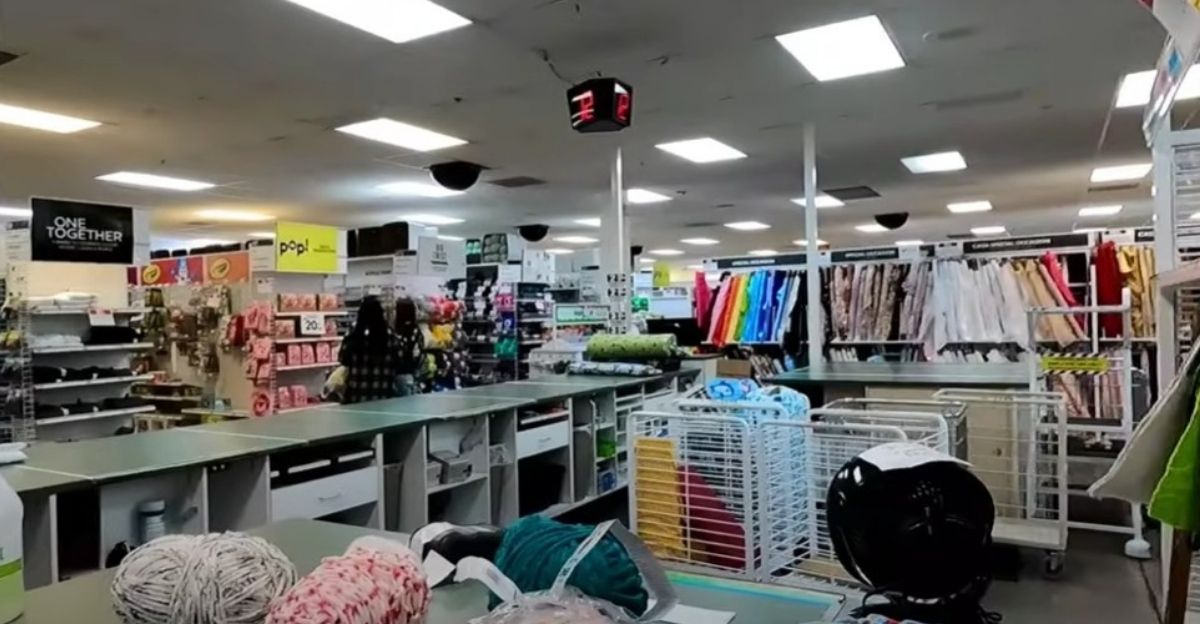
Joann is a company that is known for selling fabric and art supplies. They are quite a large retailer and were known for having over 800 stores across the US. However, the company suffered tremendously after the COVID-19 fallout due to the fact that people couldn’t access their stores during the lockdown, but also because consumers had moved on to cheaper alternatives. The other issue was that they only really focused on a small niche of the market, mainly fabric and art supplies, which meant they had a limited target market that was now cash-strapped post-pandemic.
Bankruptcy, Twice
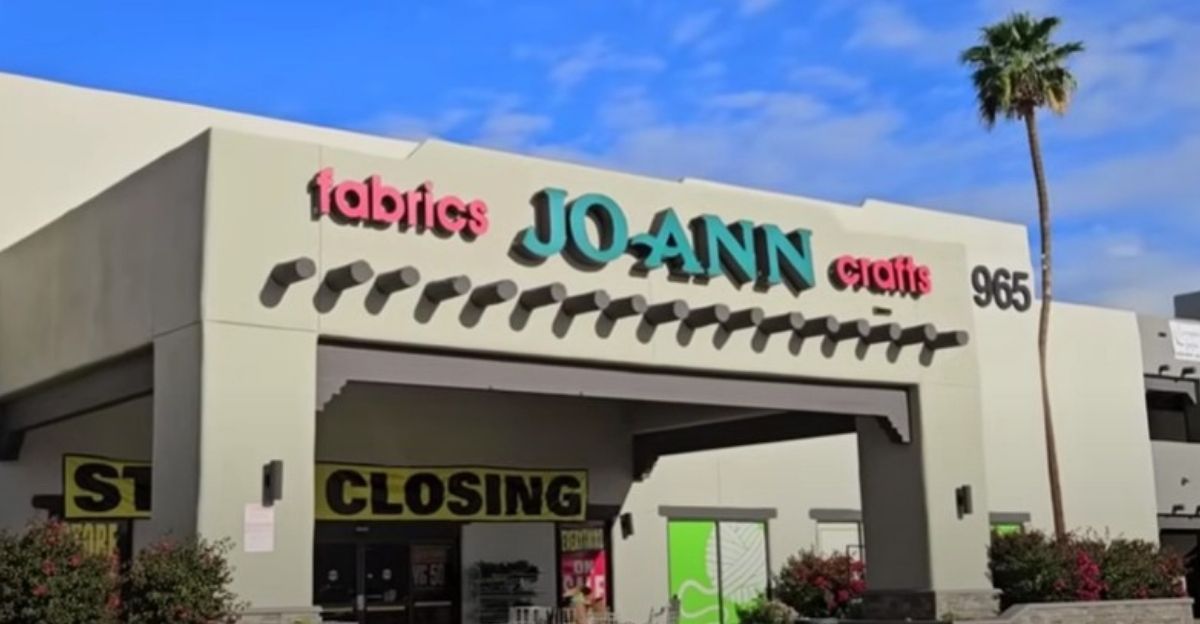
Due to the shrinking market and heavy costs associated with running the company, Joann went bankrupt at the beginning of 2025. They were acquired by GA Group who then soon decided to liquidate all of the assets that the company had in order to make their money back. According to GA Group, the liquidation process began in February of 2025 and the company decided to shut all of its stores across the country in May. As of today, Joann is considered formally bankrupt and has filed for chapter 11 bankruptcy.
The End of a Legacy

Joann is a company that has long been a part of American culture. The company was started all the way back in World War 2, during 1943, and almost made it to it’s centenial mark before going bankrupt. The bankruptcy has made some worry about the state of the economy, as Joann was considered quite a long-term success as far as companies go. It just goes to show that freak happenstance can do more to shape the economy than a lot of us would like to admit.
A Once Teetering Giant

Joann wasn’t always doing so badly, though. According to StockAnalysis, the company was originally sold to Leonard Green and Partners for around $1.6 billion back in 2011. Obviously, they thought that the company would be doing quite well. However, after COVID-19, when the company last traded, it was valued at a mere $3.2 million, showing a massive loss in terms of its investment potential and overall market worth. This is how serious the pandemic really was.
Diversify and Innovate

Due to the fall of otherwise large companies like Joann, a lot of businesses, big and small, have had to rethink their strategies and business models. In order to stay afloat in the new market dynamic post-pandemic, companies have either had to restructure themselves, decrease worker capacity, or think of different ways to expand into their existing market or try and enter new ones. Companies can no longer afford to rely on ‘tried-and-true’ methods or customer bases, as new data suggests these are also subject to change.
Moving Forward

With the pandemic now behind us, it’s clear that the knock-on effects of COVID-19 are still being felt around the world. While businesses are still operating and even growing, it’s important to factor unexpected disasters like this into day-to-day operations. Changes often come hard and fast. Being caught on the back end can often lead to serious problems. Joann marks a serious discussion point within the American economy – how will things look for niche retailers in the future? If you enjoyed this article, check out the site for more!